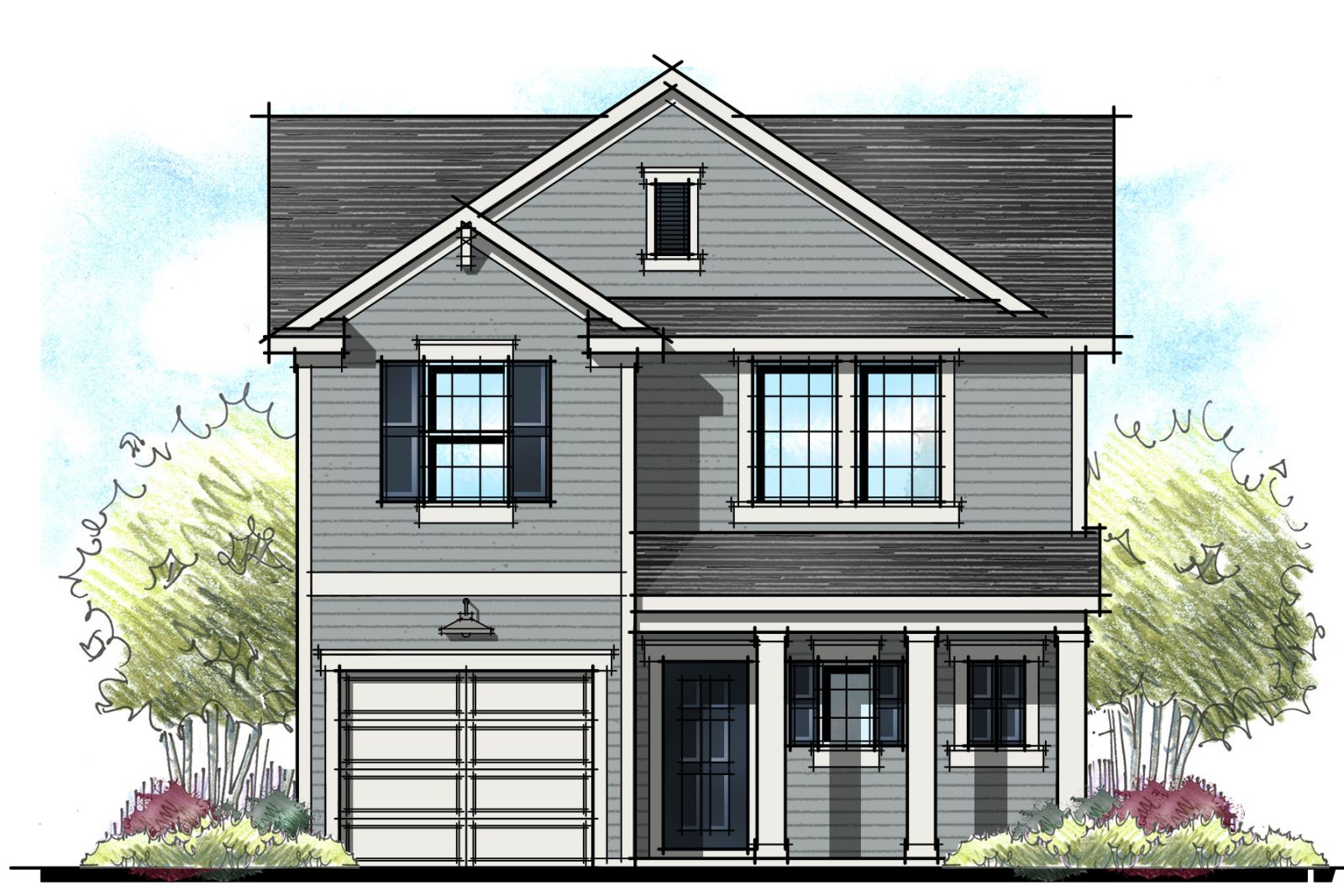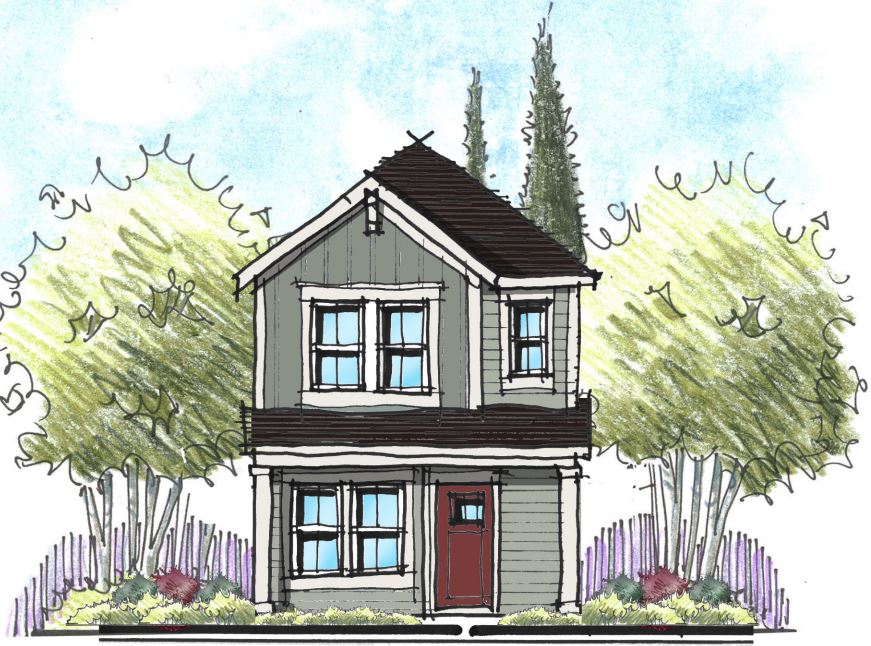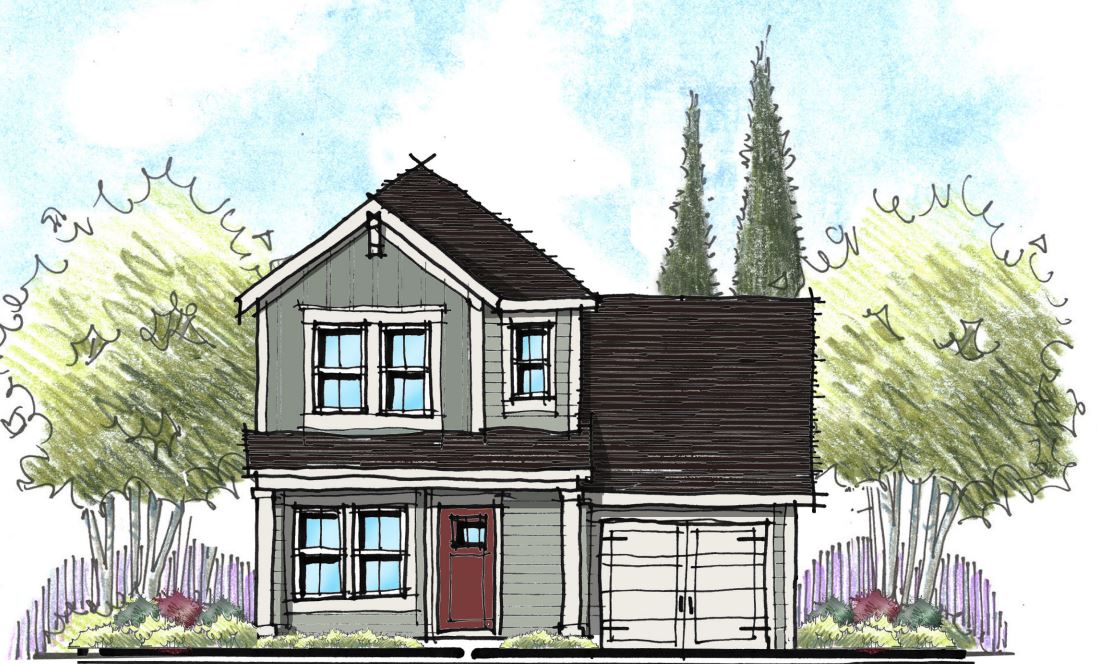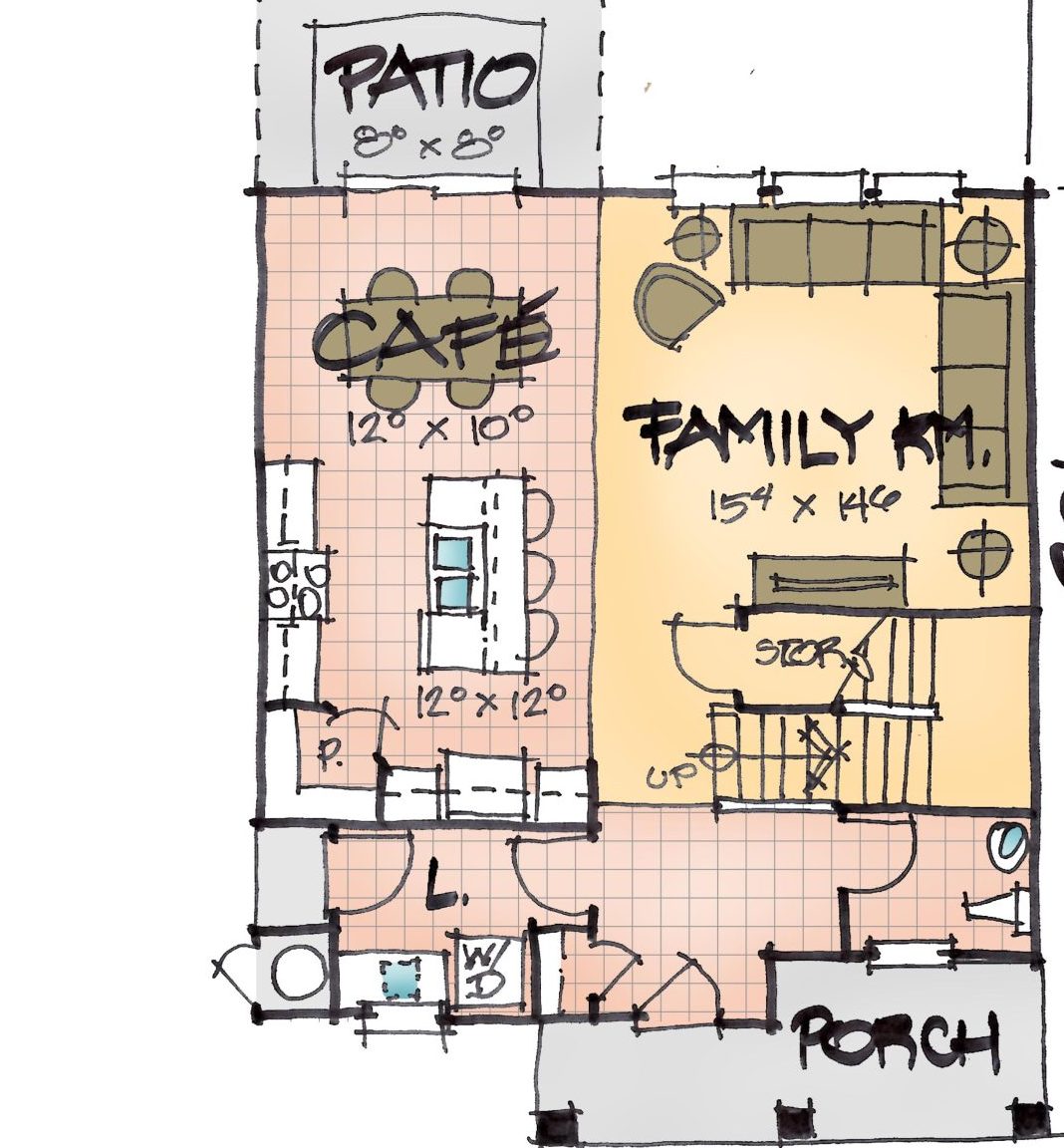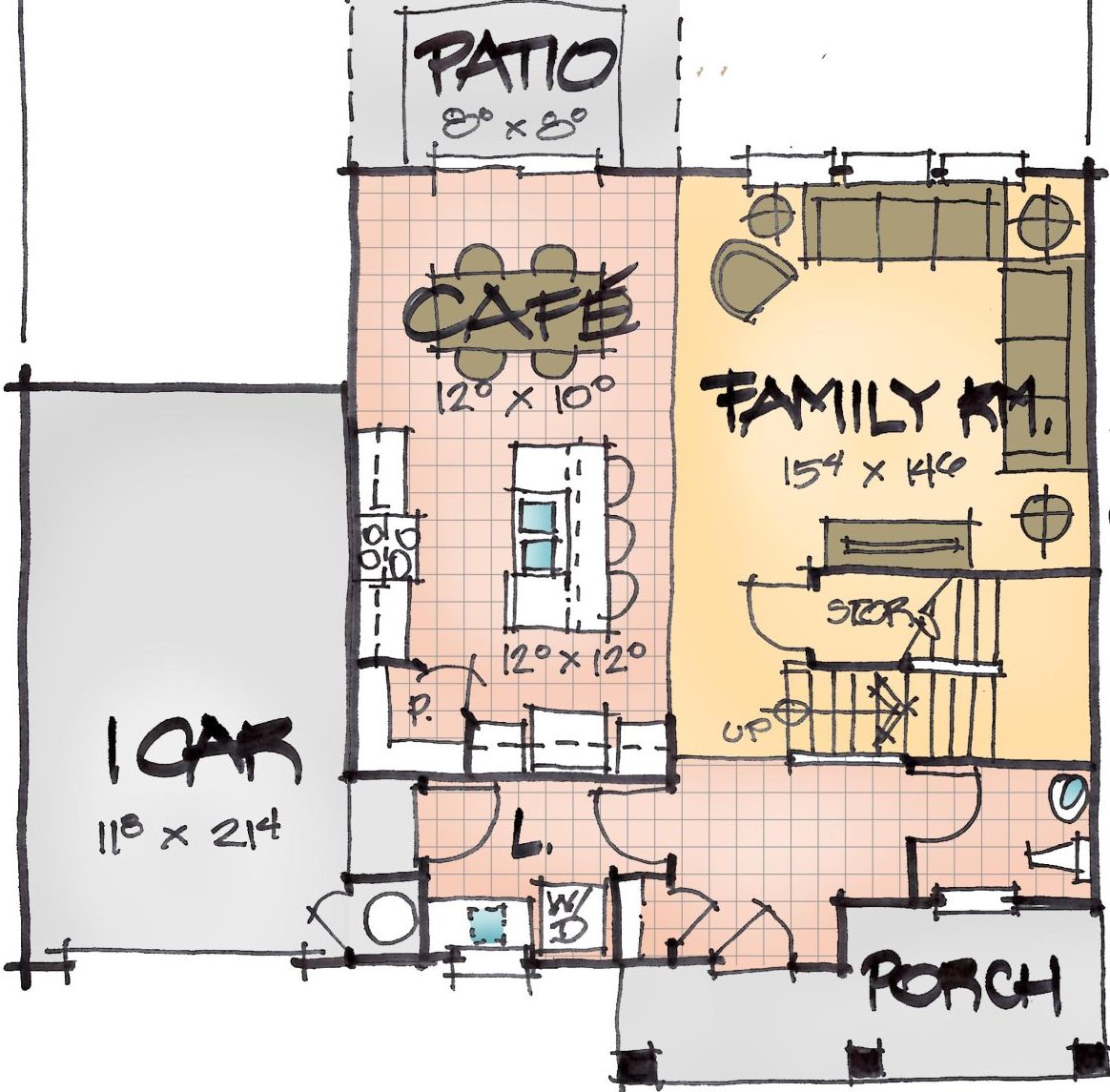We have a housing crisis. According to a recent article Affordability Crisis: United States Needs 4.3 Million More Homes from Zillow Research. “To meet current demand for housing, the U.S. needs to build back from a deficit of 4.3 million housing units, but as costs for building materials rise and labor remains in short supply, resolving that shortage is going to require additional funding and major policy reform.”
I am pleased to report that Florida is starting to address the problem. A new law was just passed called the “Live Local Act” providing incentives for builders and developers to build affordable and workforce houses. Some of the highlights of the law include shortening approval times for affordable housing projects – including circumventing state and local comprehensive plans and zoning regulations. The bill also includes tax discounts – assuming certain criteria are met. Parking requirements may also be reduced based upon the income level and access to public transportation. I’ve included a link that fully explains the law: Nelson Mullins – Florida ‘Live Local Act’ Provides Incentives to Build Affordable and Workforce Housing
One outcome of the new law may be a positive spin on providing workforce housing. Too often, projects get hung up by unhappy members of the community that don’t want these developments anywhere near them. You know them as NIMBYs – Not In My Back Yard!
It’s a welcome relief that others are finally catching onto the urgent need we have for more affordable housing, but what are we doing on our side to help make the American Dream more attainable? As many of my readers know, I am always trying to find ways to make housing more affordable. Back in February we did a series of blogs based upon my IBS speech Champagne Taste on a Beer Budget.
Since we do a variety of project types – Single Family to Multifamily, For Sale to For Rent – we can borrow ideas from one type to another. For example, one of our built-for-rent projects included cottages with and without garages.
Without garages, the cottage was 18’ wide and with a garage it was 30’ wide. This allowed the developer to offer a variety of price points and lifestyle choices while minimizing the number of plans.
But what if you could take that same idea with a single family For Sale house? Let’s shelter people first and design a house that can add a garage later. The goal would be to lower the barrier to buying a home. There would still be parking on the lot where a future garage would be. Sadly, many municipalities require garage parking. But maybe with the passing of legislation such as the Live Local Act, we might see a softening of the hardline attitude towards garages. Can’t we put people first?
Categorized in: Affordability, Champagne Taste on a Beer Budget
This post was written by Housing Design Matters


